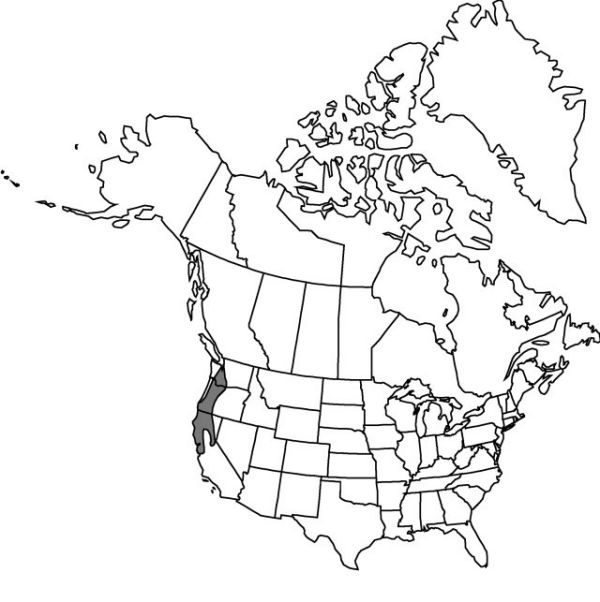Dichelostemma congestum
Enum. Pl. 4: 470. 1843.
Leaves 3–4, 4–35 cm; blade strongly keeled, ± glaucous. Scape self-supporting, with occasional bends, 30–80(–90) cm, ± scabrous. Inflorescences racemose, very dense, 6–15-flowered; bracts pale purple to green, widely lanceolate, 6–12 mm. Flowers horizontal or erect; perianth bluish purple, tube unangled, narrowly ovoid, slightly constricted above ovary, 8–10 mm, lobes ascending, 8–10 mm; perianth appendages 1 per stamen, each coalescent to an inner and outer tepal, leaning away from inner anthers to form corona, erect, purplish, narrowly lanceolate, 5–6 mm, apex deeply 2-fid into 2 wings; stamens 3, equal; anthers 4–5 mm; ovary sessile, 4–6 mm; style 5–6 mm; pedicel 1–6 mm. 2n = 18, 36.
Phenology: Flowering spring (late Mar–May).
Habitat: Open woodlands, grasslands near coast
Elevation: 0–2000 m
Distribution

Calif., Oreg., Wash.
Discussion
Dichelostemma congestum can be recognized by its congested racemose inflorescence and deeply bifid perianth appendages that stand away from the anthers to form a corona.
Selected References
None.